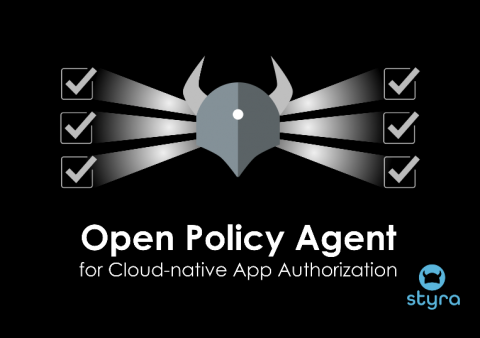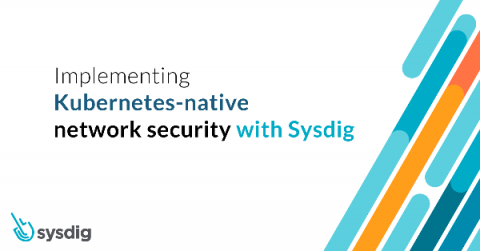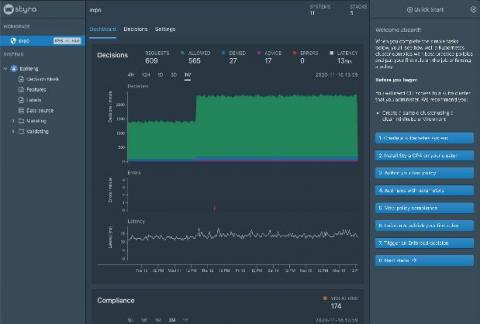How to secure a Kubernetes cluster
More and more organizations are adopting Kubernetes, but they’re encountering security challenges along the way. In the fall 2020 edition of its “State of Container and Kubernetes Security” report, for instance, StackRox found that nearly 91% of surveyed organizations had adopted Kubernetes, with a majority (75%) of participants revealing that they had deployed the container orchestration platform into their production environments.











